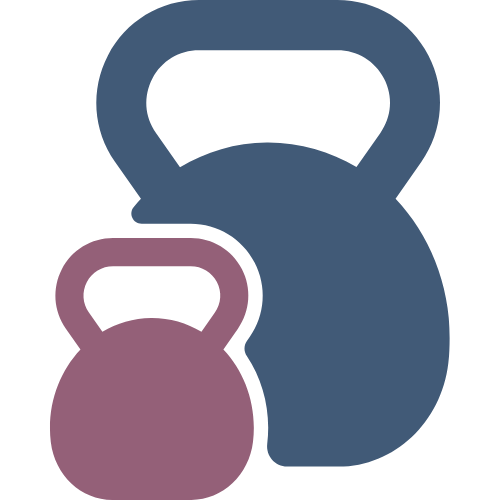
Photo of child standing in front of large staircase by Mikito Tateisi on Unsplash
During our 7-part skills series, we'll introduce you to skills that help you develop a better relationship with your body, awareness of your movements, and build a foundation of strength for doing any type of physical activity.
Where do I Even Begin?
As a fitness trainer, I hear this a lot.
You know you want to start working out, but all the information out there about fitness is overwhelming - Who can you trust? What will you enjoy? What will you stick to?
Or, maybe you used to be really fit - you were a high school and collegiate athlete, but life’s demands meant putting exercise on the back burner. You miss the days when you could knock out pushups, sprints, and still have the energy to go out with friends. You want to get back into it, but you don’t want to overdo it and re-injure your knee, back, hip, shoulder, etc. And you’re not sure how you could possibly fit a workout routine into your hectic schedule.
After coaching hundreds of people, I’ve found that teaching these 7 basic strength skills is tremendously helpful for everyone to make fitness safer and more accessible.
By building the fundamentals, you can learn the “vanilla” recipe to a fitness program, then change it up by adding your own sprinkles and cherry on top.
Keep in mind that the elements of this series are based on the science I’ve learned, research I’ve read, and thousands of hours I’ve spent with my clients. You might disagree, and that’s ok. I hope you gain at least one nugget of information or inspiration that leads you to a better relationship with your body.
A Note About Pain and Scope of Practice
I see a lot of personal trainers giving advice about how to treat pain, injuries and conditions. At the very least, this is totally outside their scope of practice, at the worst, they could unknowingly be causing more harm to their clients.
Although certified personal trainers must have a good understanding of basic anatomy, exercise science, biomechanics, common injuries and how to treat them, we have not received the vast amounts of education or experience that doctors, surgeons, and physical therapists go through.
I do get very frustrated when a client experiences pain and either refuses to get it checked out, or when they do get it checked out, the doctor will do nothing more than tell them to “rest,” without figuring out the actual diagnosis, or specifying what type of movements that are/are not ok (that's lazy medicine).
However, pain in one area of the body does not preclude us from all activity. It means that we just get creative and find things that we can do while the injured area recovers.
After my foot injury (I don’t recommend accidentally dropping a knife on your toe to anyone!) I had several months of not being able to do my normal exercises, but I still found ways to do single leg movements (with my non-cast leg), pushups, and other upper body and core exercises.
I didn’t try to perform surgery on myself to fix the tendon, or tell the doctor what rehab exercises I should do with my toe after - I left that up to the experts.
So, if you have persistent pain or discomfort, find someone qualified to treat you and in the meantime, do what you can!

1 thought on “Strength Skills Series”
Comments are closed.